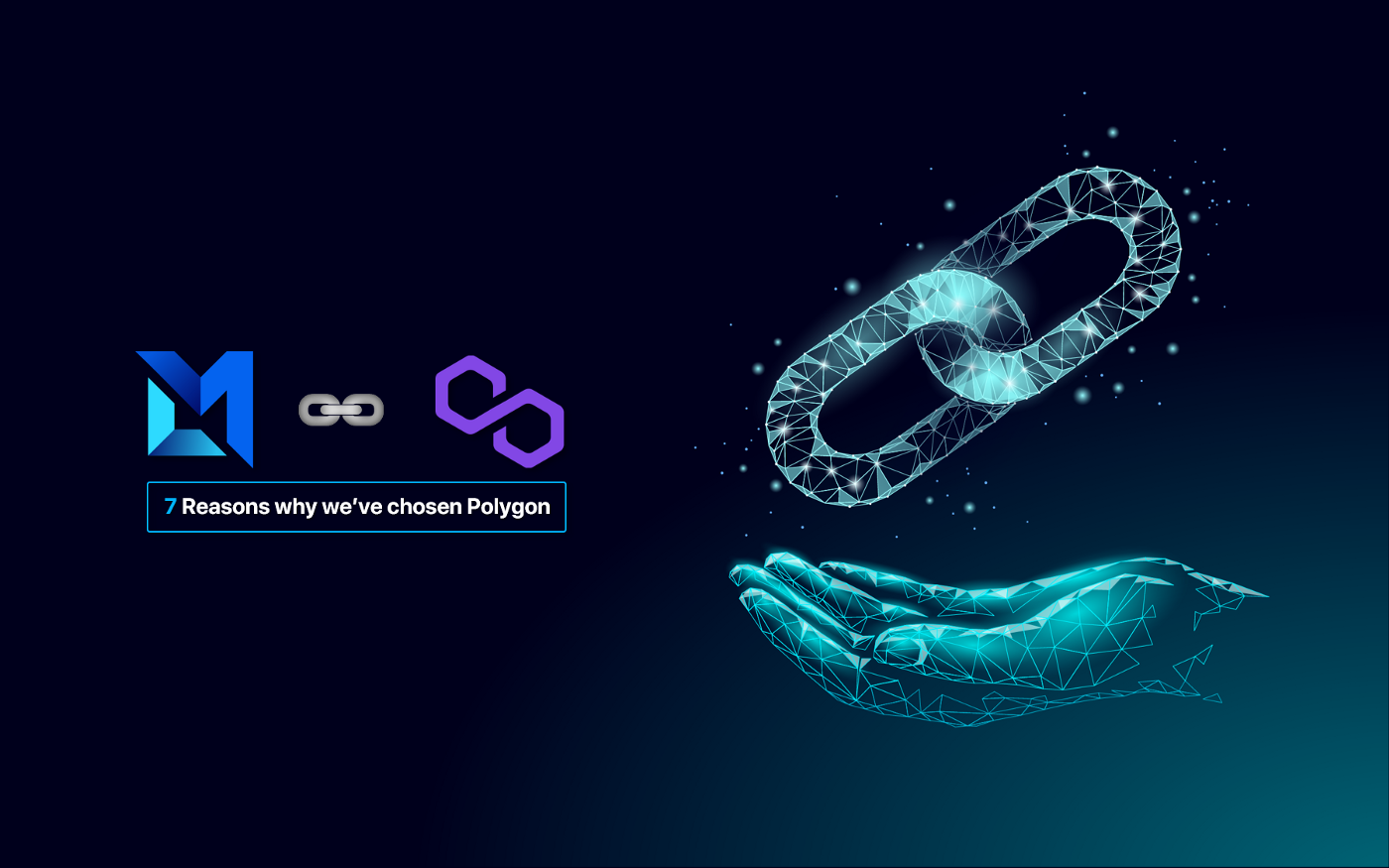
▲圖片來源:maticlaunch.medium.com
We have indeed changed the way ideas used to raised funds with the help of revolutionary blockchain technology. Ethereum blockchain has gifted an element called smart contract which played a vital role in mass adoption. Numerous decentralized applications built on smart contracts are fascinating people on various blockchains.
But we never thought of such tremendous user interaction with mainnets. As a result, we have observed network congestion which is a clear depiction of blockchains that are still optimizing themselves and not ready for real traffic. What’s the point of spending more than the entire worth of a particular transaction?
Here are such various issues faced by multiple established blockchains:
Existing Issues
1. Transactions
Because of tremendous growth, we have seen numerous crypto-assets created, transferred, traded by real people. As existing blockchains weren’t tested for such high traffic, it got congested which made transactions snail’s pace. Why would one pay more than $10 (even 1$) for shopping bananas or transferring an asset?
2. Scalability
As the influencers like Elon Musk are bringing masses to the blockchain, the number of transactions per day is touching new heights. Blockchain is basically a public ledger made of blocks that carry details of every transaction. As the transactions are increasing, maintaining the entire chain becomes difficult. And hence, chains get congested increasing gas prices exponentially.
3. Low throughput
Block validation is being done with a definite time lag between two consecutive blocks. For example, you will have probably experienced your delayed transactions addition on the block after you initiate it through a wallet. Well, that is entirely related to low throughput and it shows a block has a limitation of adding a certain number of transactions.
Numerous IDOs came and raised funds but the community didn’t seem happy because of high transaction fees or transaction failures. The issues mentioned above were always there and that’s what led us to explore a solution covering core issues and found Polygon. Before we discuss why did we adopt Polygon out of the crowd, let’s discuss what actually it is.
What is Polygon?
Polygon is not a native blockchain but rather a layer 2 scaling solution accelerating Ethereum adoption with the help of sidechains while maintaining security using POS validators. It is basically comprised of multiple layers which handle particular jobs. For example, the Polygon layer handles block production while the Execution layer handles EVM for Ethereum-based deployments.
So, Polygon supplies interoperability between multiple chains allowing them to communicate with each other while adding Ethereum. Thus, it creates a monumental ecosystem of various blockchain while providing high throughput and low transaction fees.
Instead of taking a deep technical dive, here is why we choose Polygon for our fundraising solution:
1. High throughput: Ability to handle 10,000 transactions per second allowing smother experience even with massive volumes
2. High scalability: Offers quick and extremely cheap transaction cost while ensuring asset security with the help of POS validations
3. Interoperability: Capability of allowing direct communication with multiple public chains while supporting multiple chain protocols
4. User experience: Intuitive user interface with public explorer while offering a useful bridge for cross-chain digital assets transferability
5. Accessibility: Provision of one of the most robust and easy to use developer infrastructure with SDK and mobile apps support
6. Cheap transactions: Permits economic transactions with almost zero fees while making instant transfers using layer 2 solution
7. Partnerships: Attracting a large number of enterprise partnerships due to enormous growth and innovative solutions
So, imagine how a fundraising platform built on Polygon will be able to leverage the solution it provides. That’s what MaticLaunch aims and that’s why we choose Polygon.
轉貼自Source: maticlaunch.medium.com
若喜歡本文,請關注我們的臉書 Please Like our Facebook Page: Big Data In Finance


留下你的回應
以訪客張貼回應